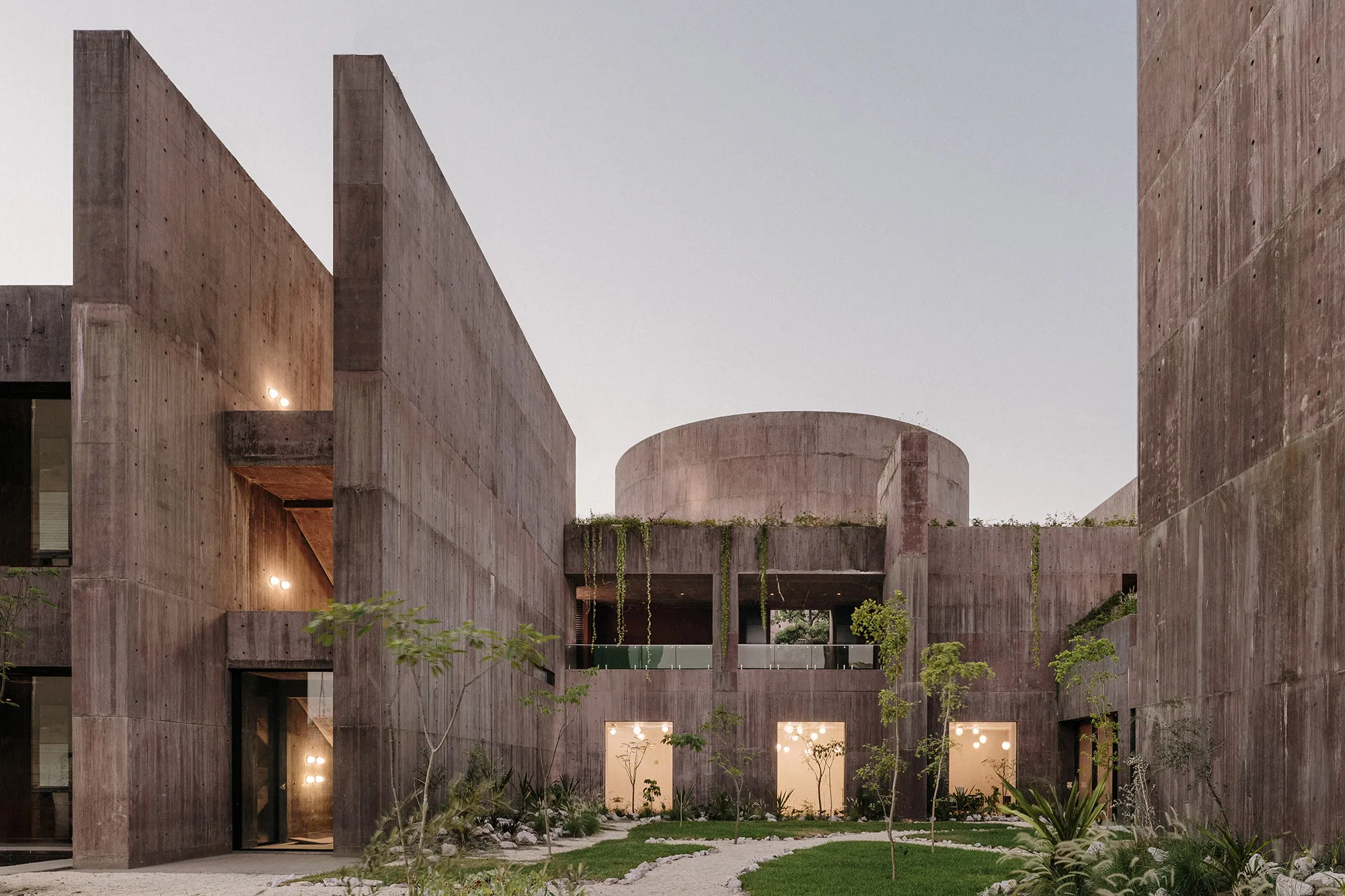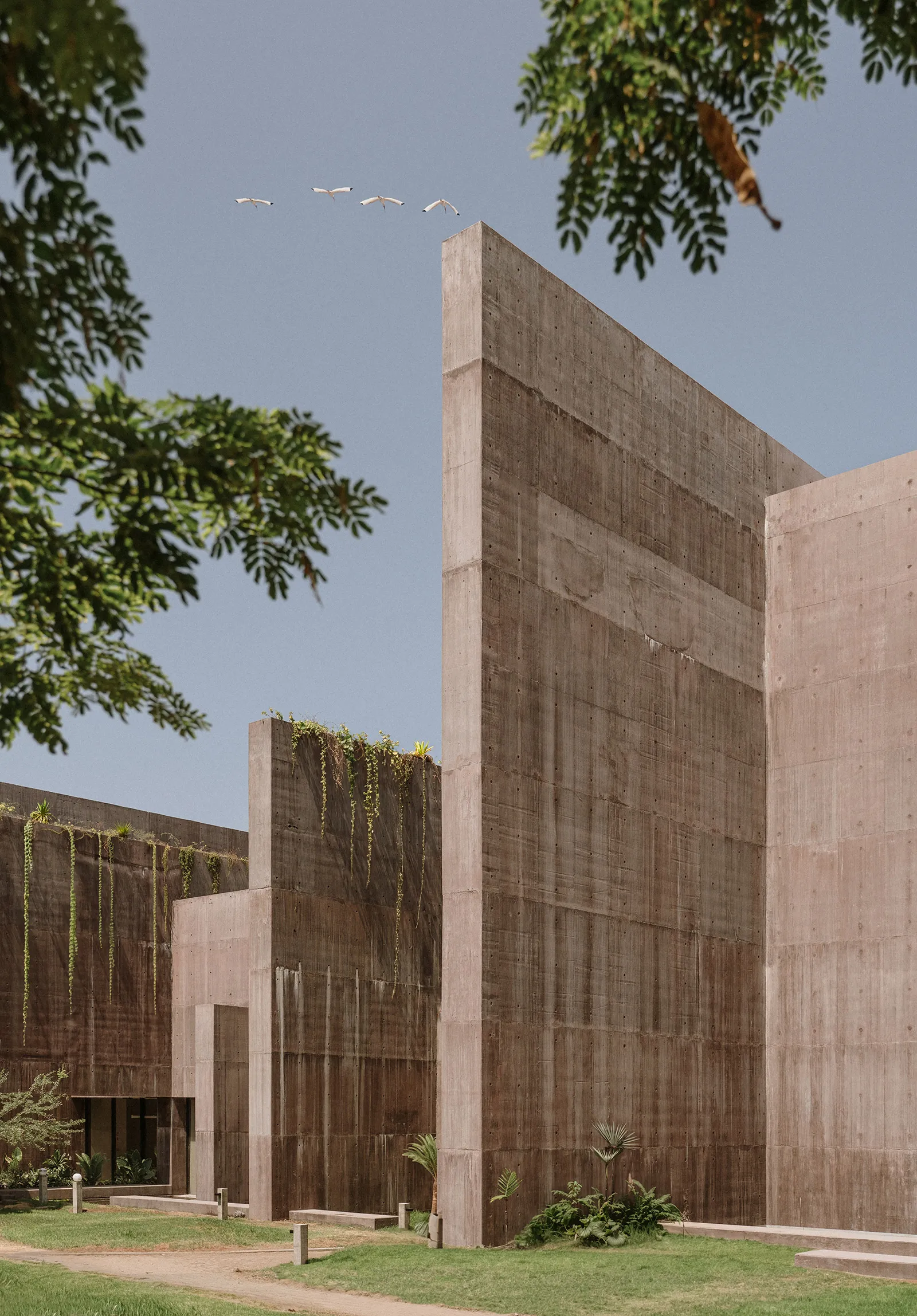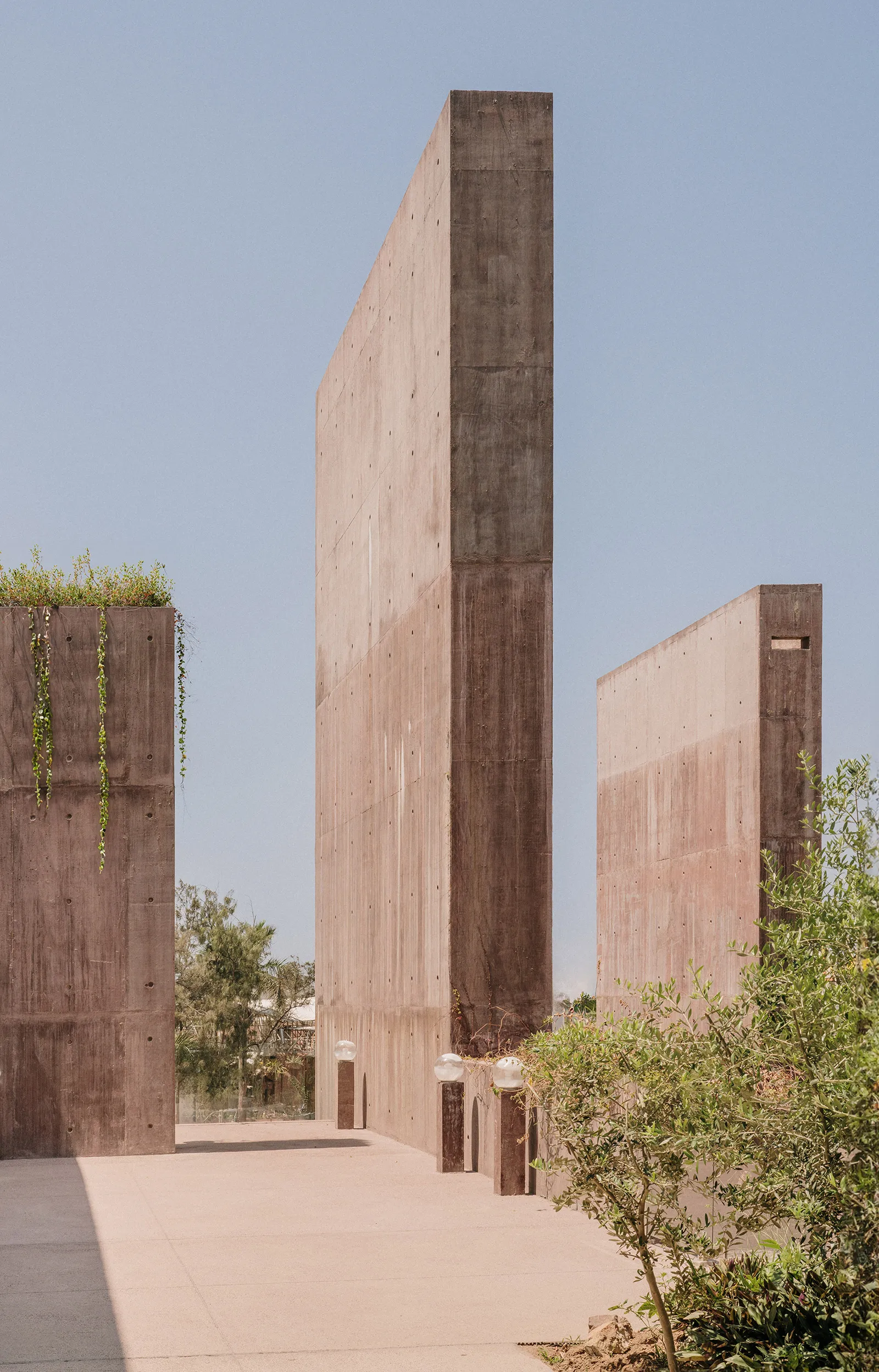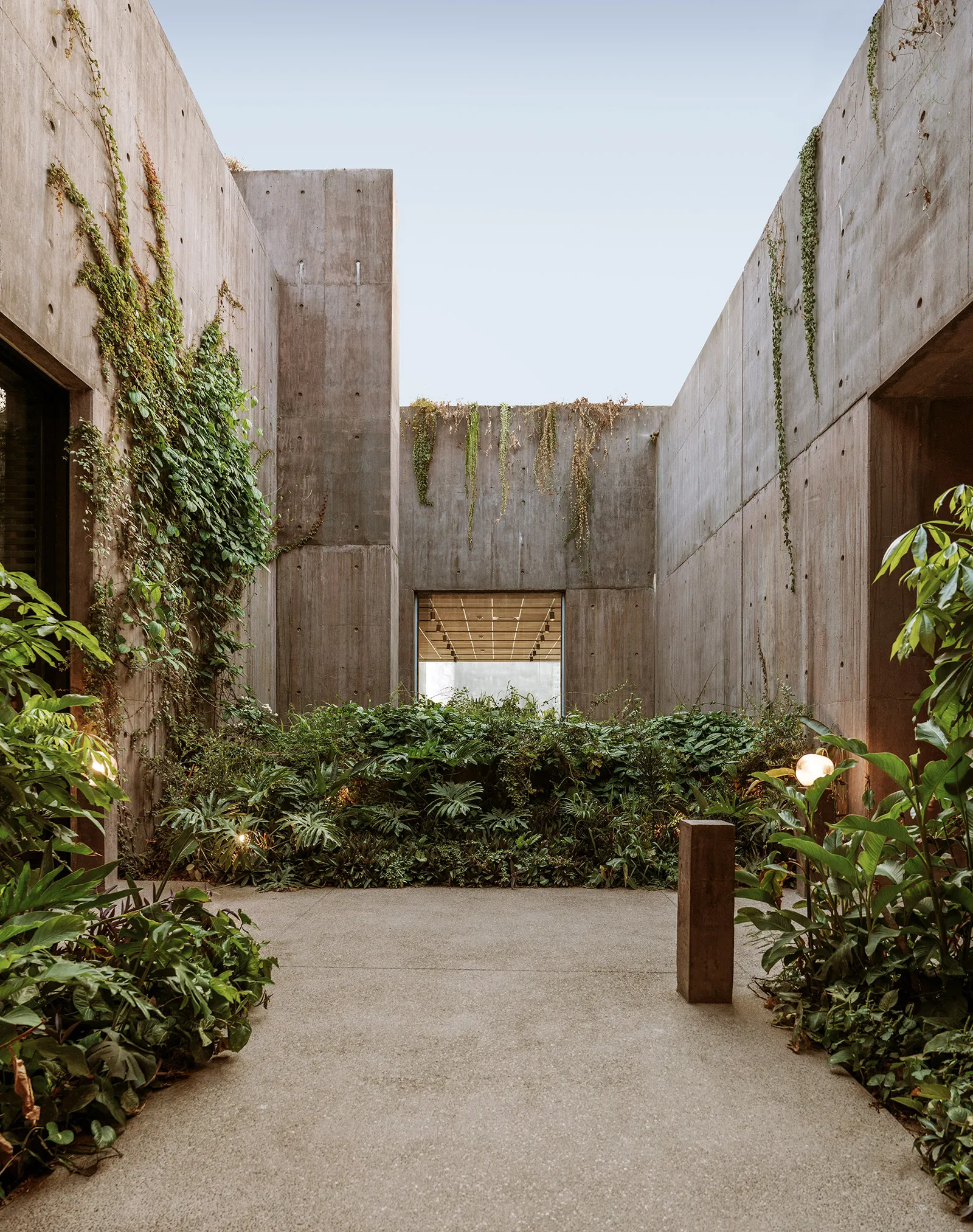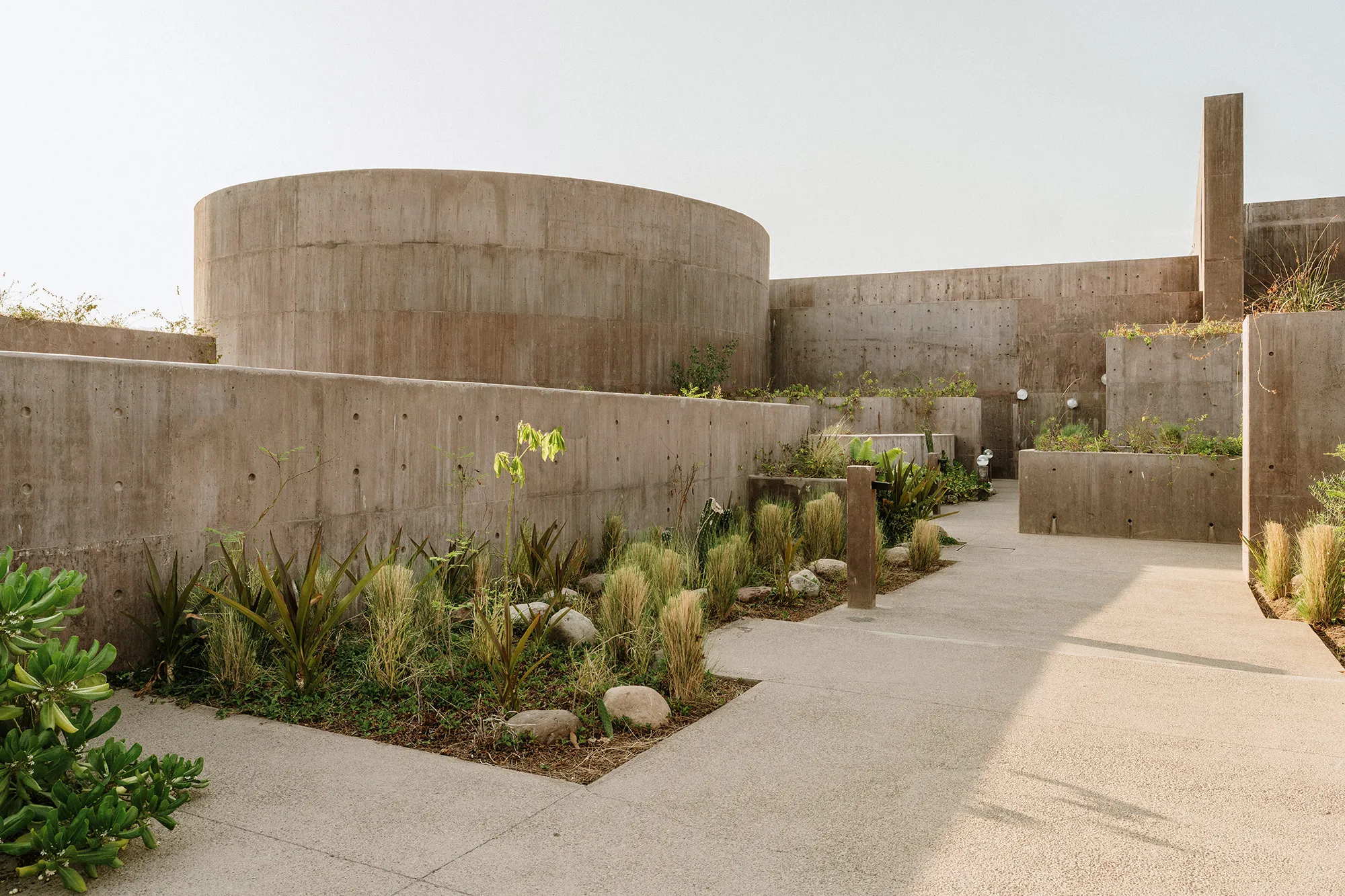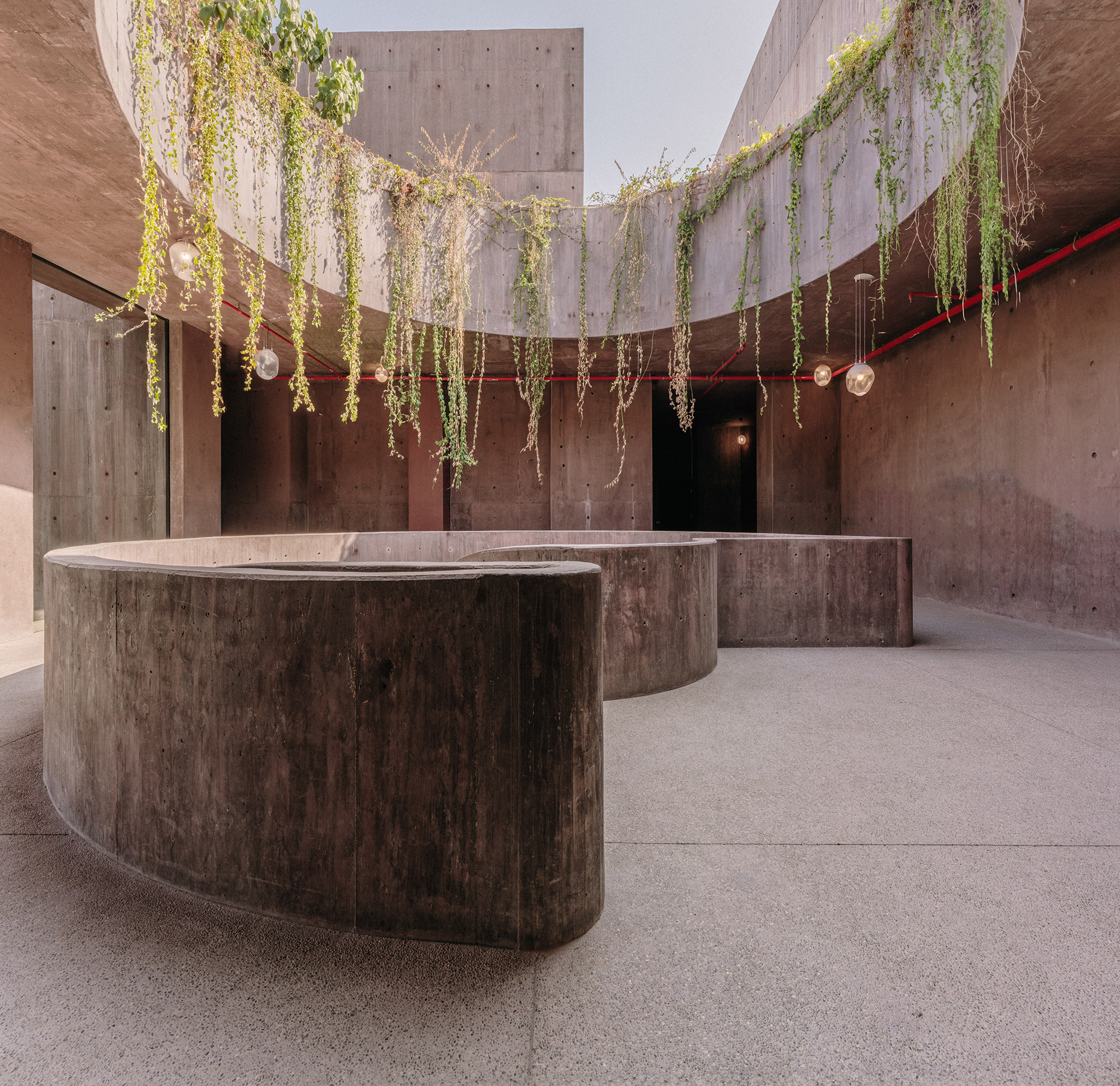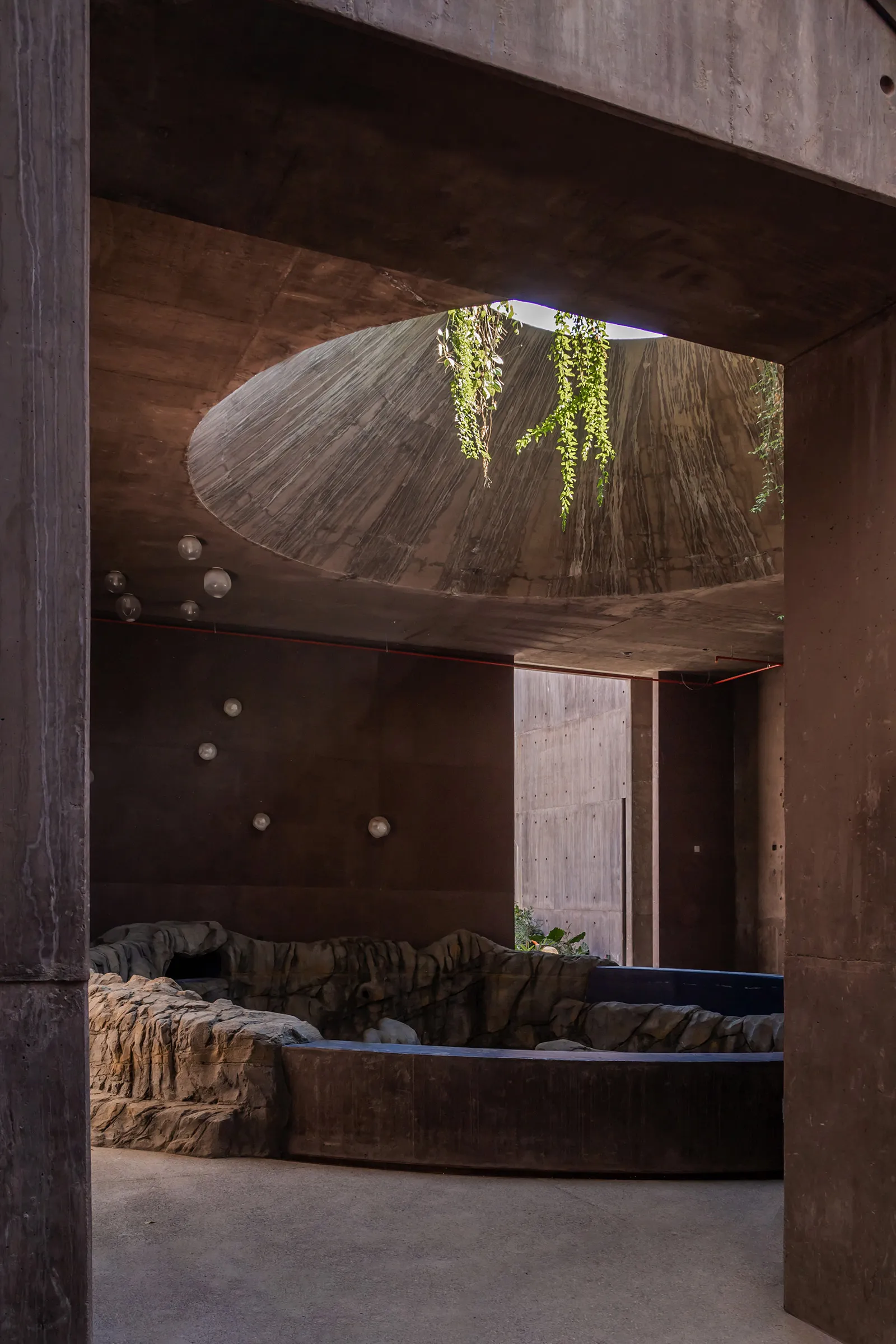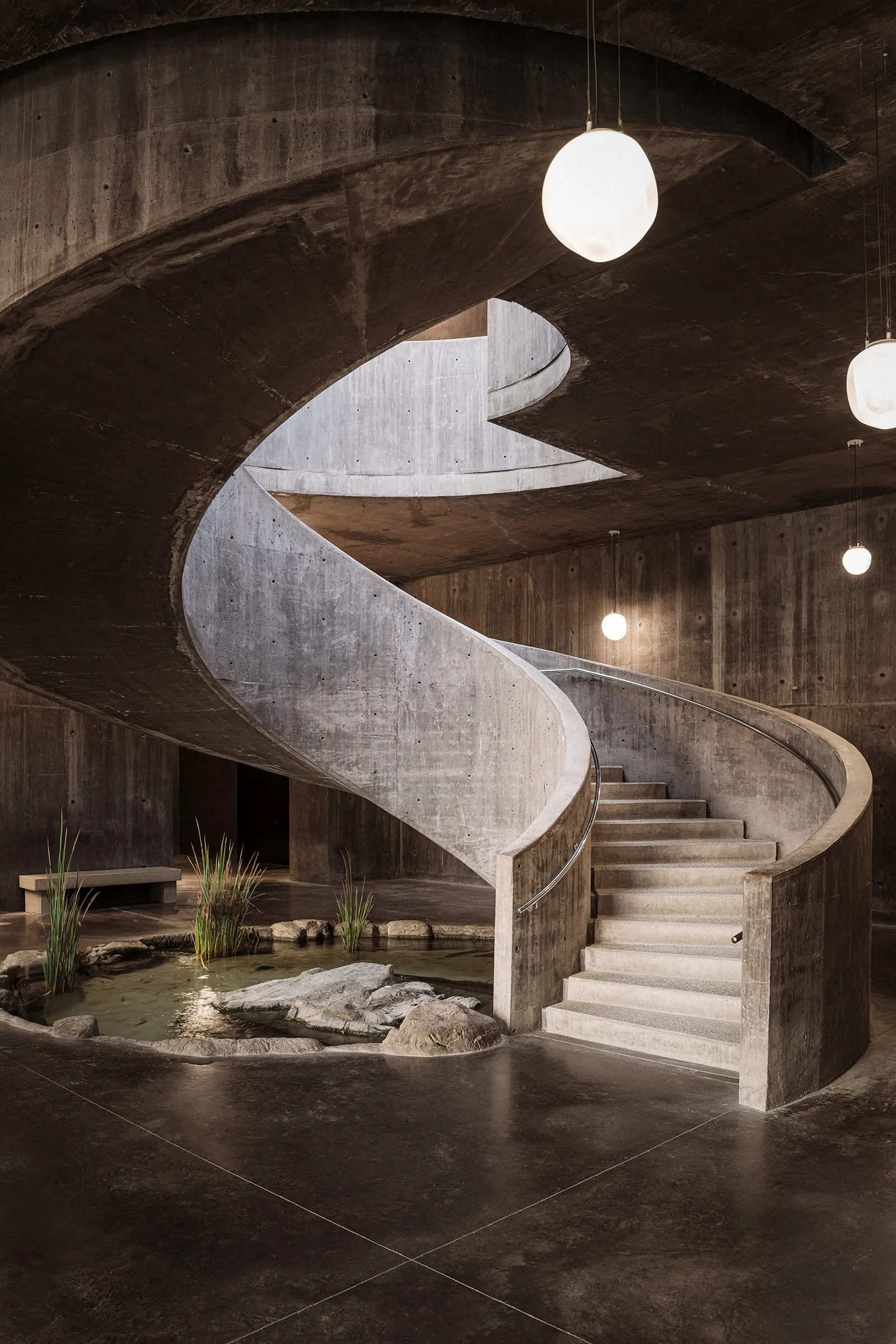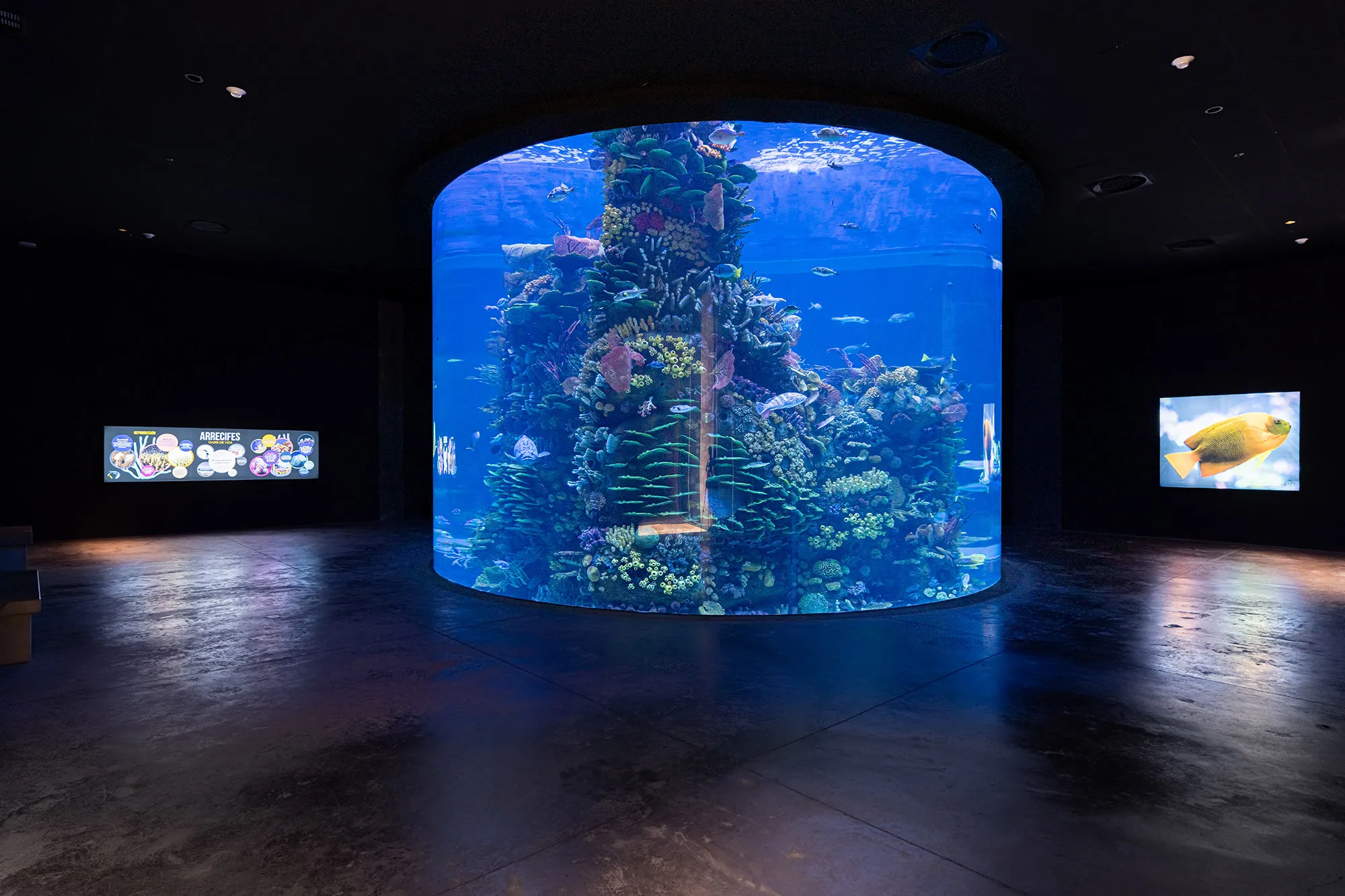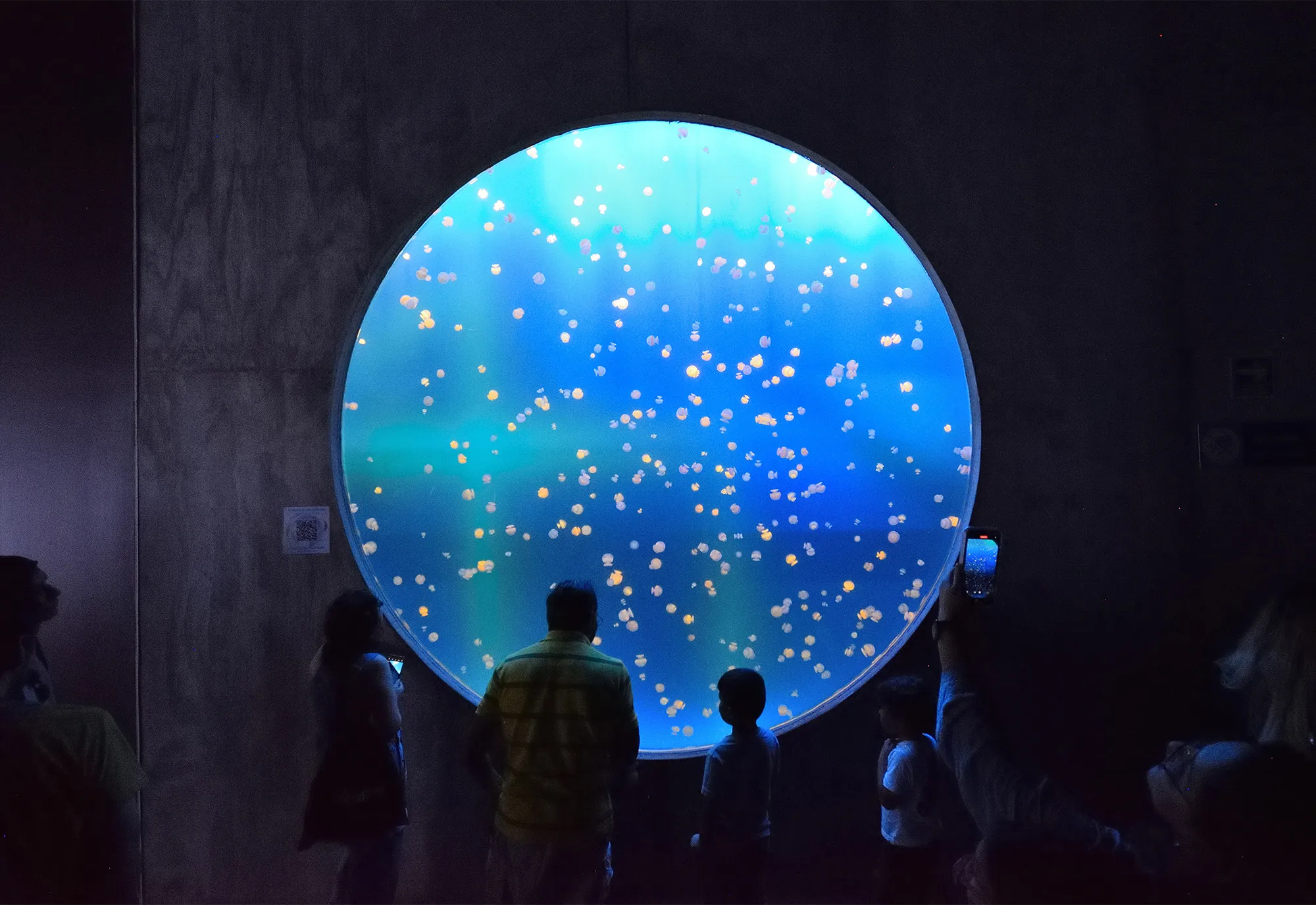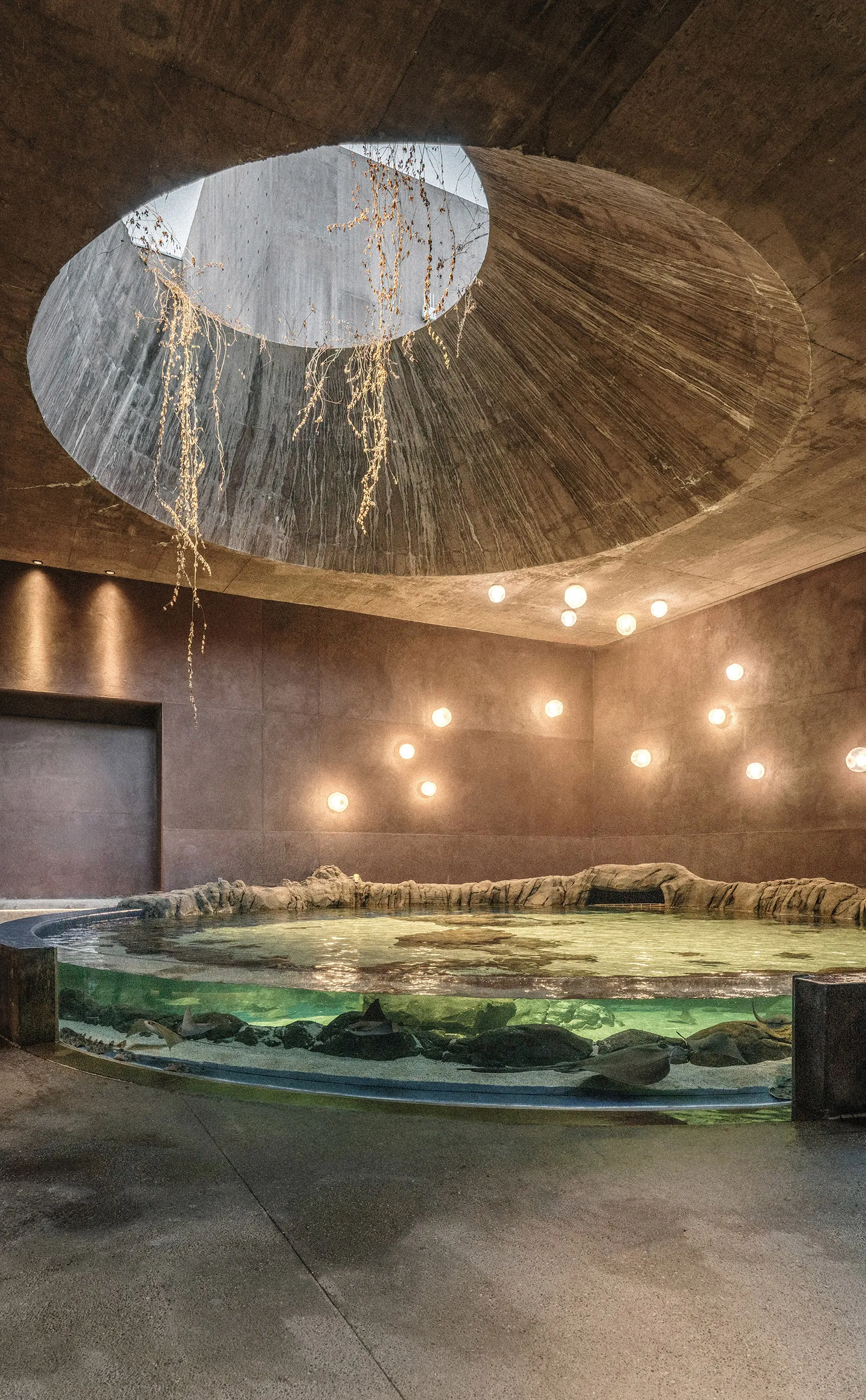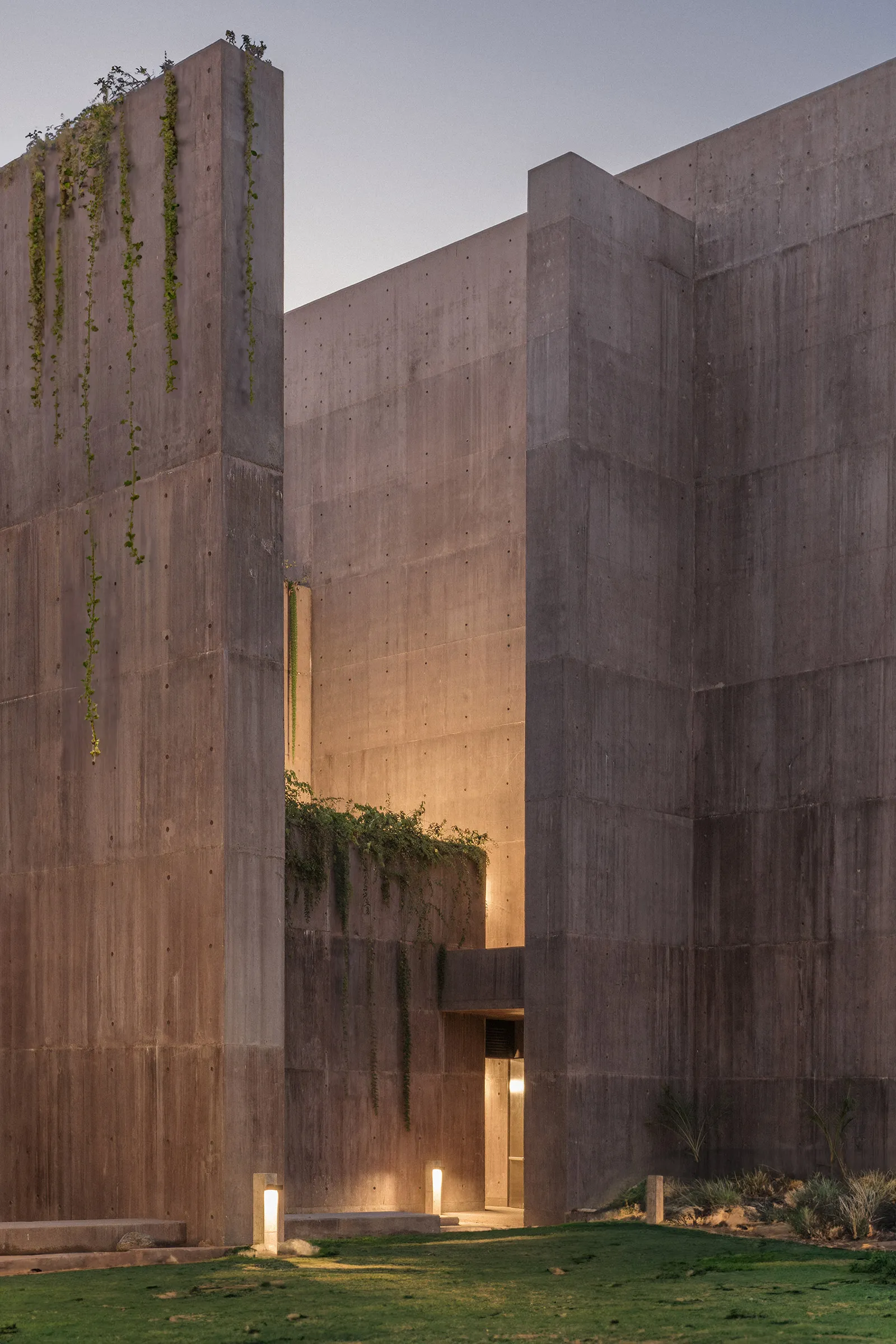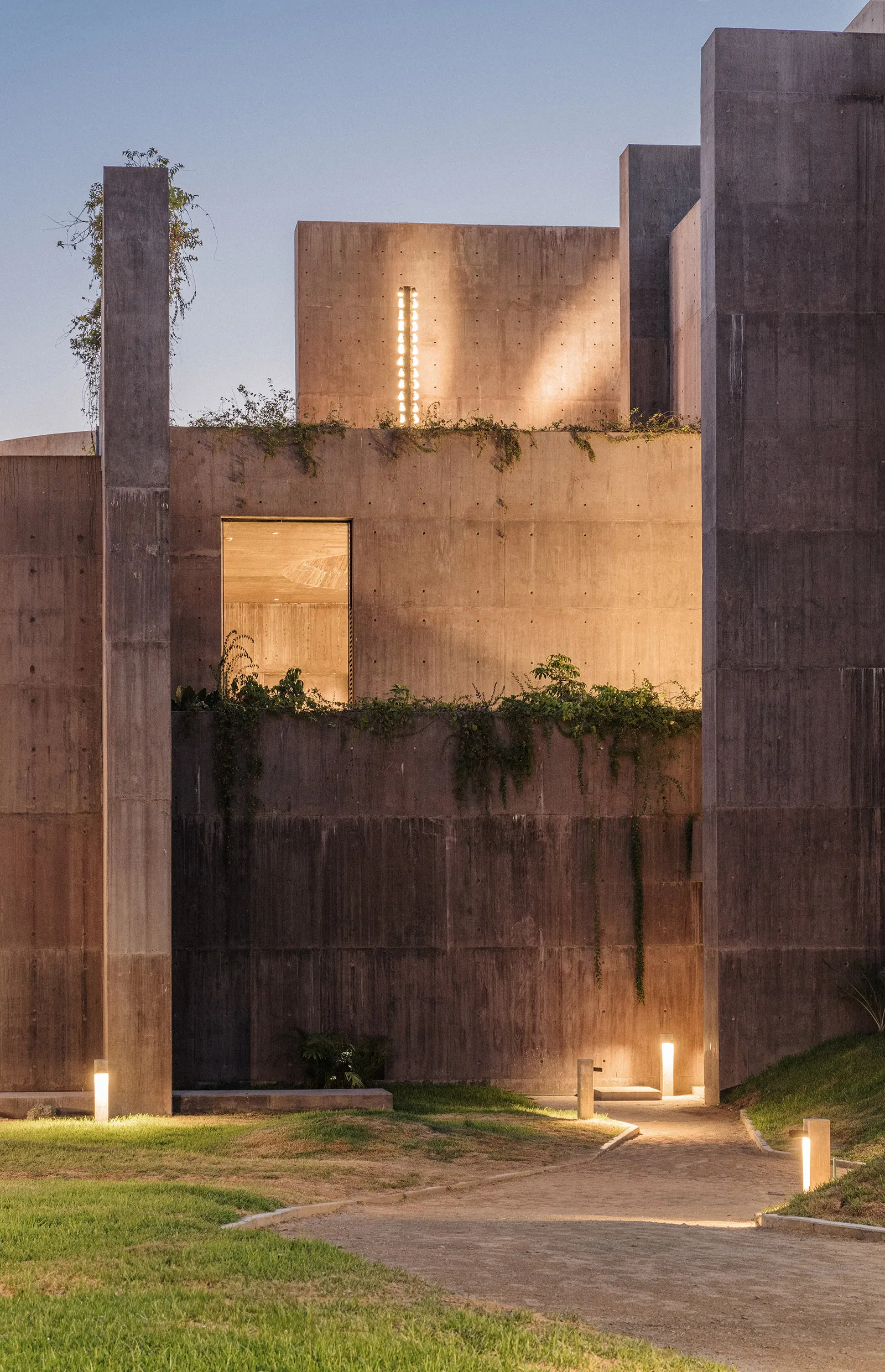At the vibrant intersection of urban renewal and marine biodiversity in Mazatlán, Mexico, the Sea of Cortez Research Center by Tatiana Bilbao Estudio is an innovative exploration of architecture as ecological mediator rather than dominator.
Situated beside the rich marine landscape of the Sea of Cortez, the project proposes an architecture deeply embedded within its natural and cultural context, dissolving boundaries between built and natural environments through careful spatial planning and tactile materiality.
The building departs radically from traditional institutional typologies, offering instead a porous, fragmented structure designed explicitly to surrender to ecological processes over time. Bilbao's vision is clear: rejecting human supremacy over nature, the project invites natural elements to penetrate and reshape its architecture, gradually transforming it into what the architect terms a "spatial ruin." This conceptual strategy directly critiques conventional aquariums, which Bilbao sees as reinforcing outdated hierarchies between humans and ecosystems.
Spatially, the research center extends across three and a half levels around an expressive but rigorously structured grid of thick, pigmented concrete walls. These walls do double duty, acting as both robust structural supports and nuanced spatial dividers, forming a flexible and rational architectural matrix. Circulation is carefully choreographed to begin at rooftop gardens, offering panoramic introductions to the ecosystems featured below, reversing traditional entry logic to prioritize landscape immersion. Internally, visitors navigate a meticulously designed sequence of ecological experiences—from open-sea habitats to underwater forests—reinforcing educational and sensory engagement.
Materiality further strengthens the project's conceptual aims. Pigmented concrete walls, intentionally raw and expressive, weather gracefully, embodying the project's embrace of natural entropy. The material choices—washed concrete externally, polished concrete internally—privilege durability and resilience, reinforcing an ecological ethos through both aesthetic and practical means. Sophisticated technical elements, such as the precisely engineered acrylic panels fabricated by Japan's Nippura, further highlight Bilbao's interdisciplinary approach, seamlessly integrating marine engineering with architectural form.
Environmental responsibility permeates every aspect of the design. Passive cooling and heating strategies, natural lighting, and cross-ventilation minimize reliance on mechanical systems, ensuring environmental sensitivity is woven directly into the building's structure. Rooftop gardens contribute additional insulation while reintegrating native vegetation into the urban environment, underscoring the project's commitment to sustainability and ecological restoration.
Bilbao's Sea of Cortez Research Center thus signals a profound shift in architectural philosophy—one that values transformation and co-evolution with ecological systems. It positions architecture not as an inert monument but as an active participant in environmental and cultural regeneration, marking a compelling evolution in contemporary architectural thought.

